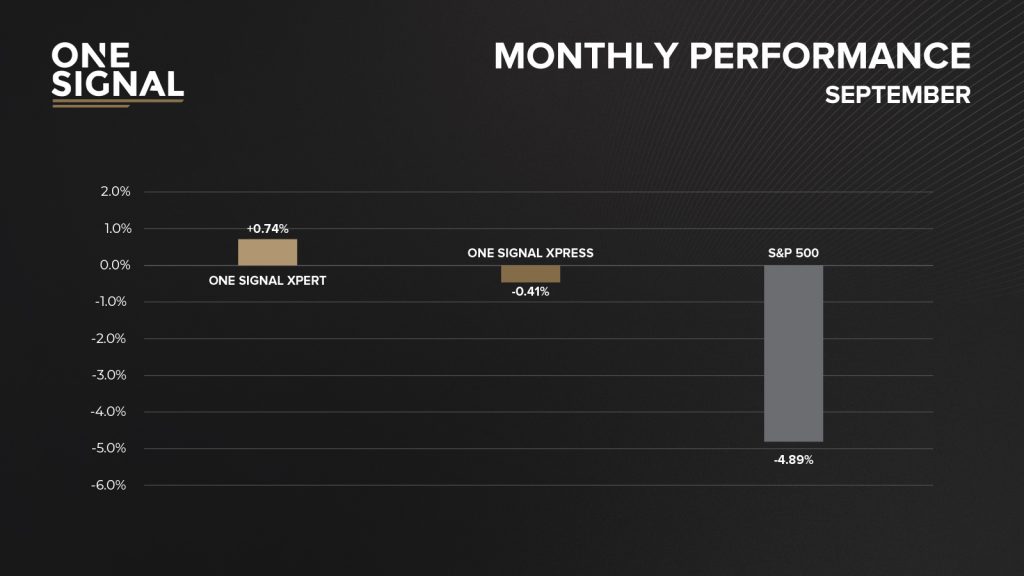Strong earnings had lifted US stocks in the run-up to August, when the Federal Reserve (Fed) appeared to strike a dovish tone, confirming its reluctance to tighten policy too quickly. However, late in the quarter, concerns about growth and inflation caused US equities to retrace their steps. The Fed funds rate projections indicate a faster rate hike schedule than in June. The change is due to revised real GDP growth, which has been reduced from an estimated 7% to 5.9%, as well as an anticipated increase in inflation.
After the S&P500 had risen by more than 20% in the first eight months of 2021, investors did not await the historically worst month of the year with enthusiasm. Over the last ten years, the S&P 500 posted the worst performance during the month of September. Already in the first days of the month, investors tried to secure their profits and reduced some positions. The S&P500 lost just over 1% in the first ten trading days of the month. After twenty trading days, the index was down by almost 3% and closed the month with a loss of 4.89%. Investors reacted with excessive fear at the beginning, but this fear slowly gave way in favour of tense anticipation. Investors’ confidence that all market participants will adhere to the issued behavioural guideline “buy the dip” calmed the minds. The “fear index” (VIX) rose only slightly. Overall, investor sentiment remained unexpectedly positive despite the decline in September.
One Signal outperformed its benchmark index again. In September, One Signal Xpress returned -0.41% and One Signal Xpert +0.74%, compared to -4.89% for the S&P 500. This strong performance was sustained during the whole third quarter and year-to-date, with a return of 14.42% for the S&P 500, 22.5% for One Signal Xpress and 18.8% for One Signal Xpert.
